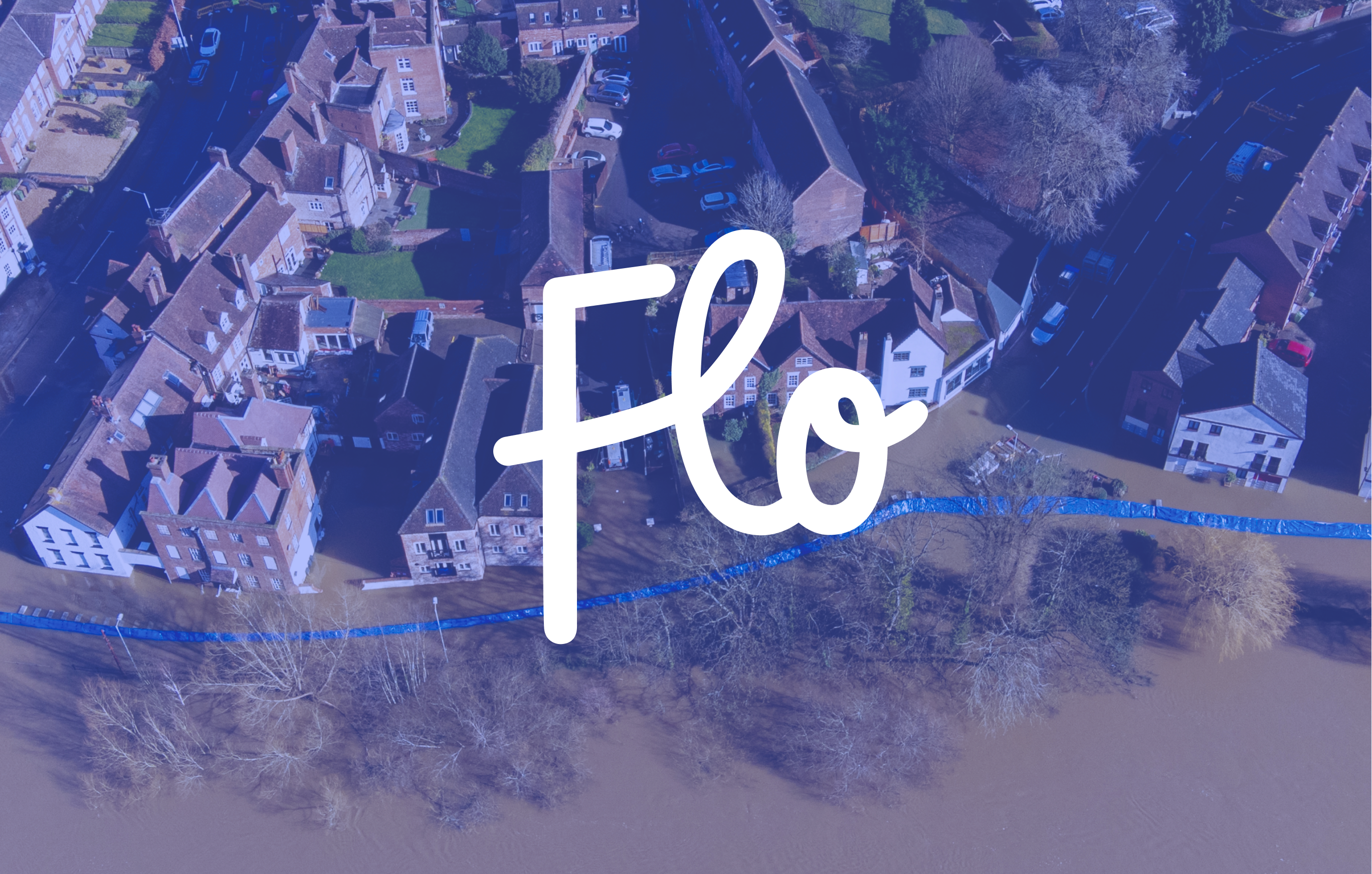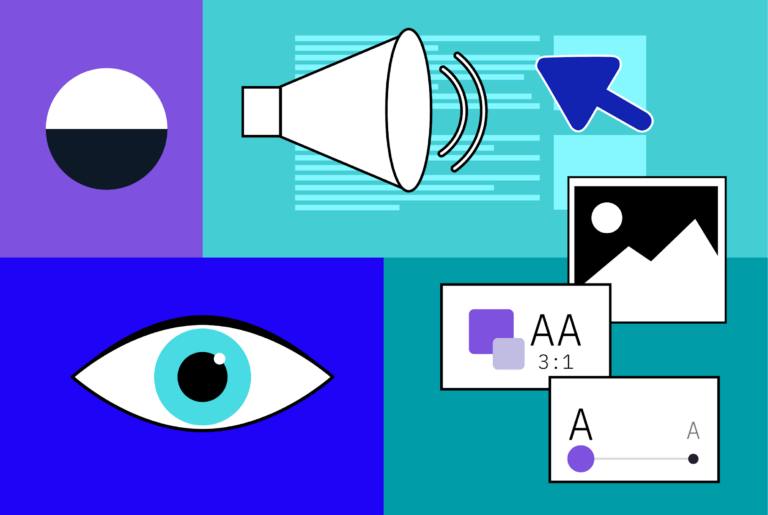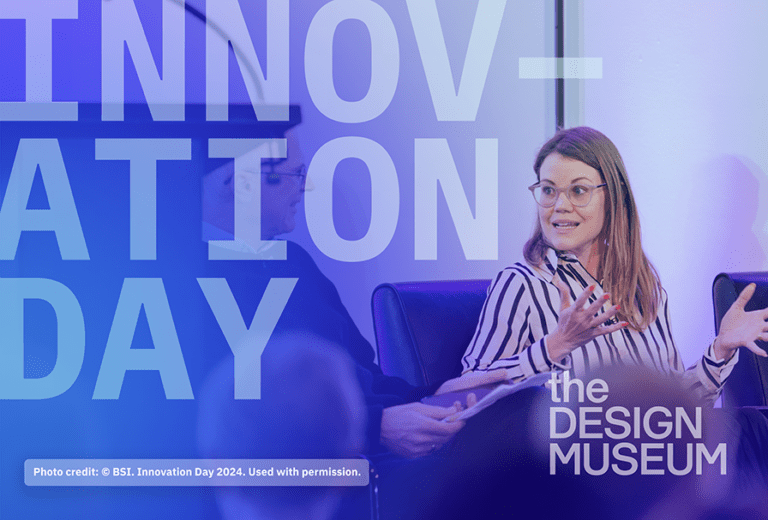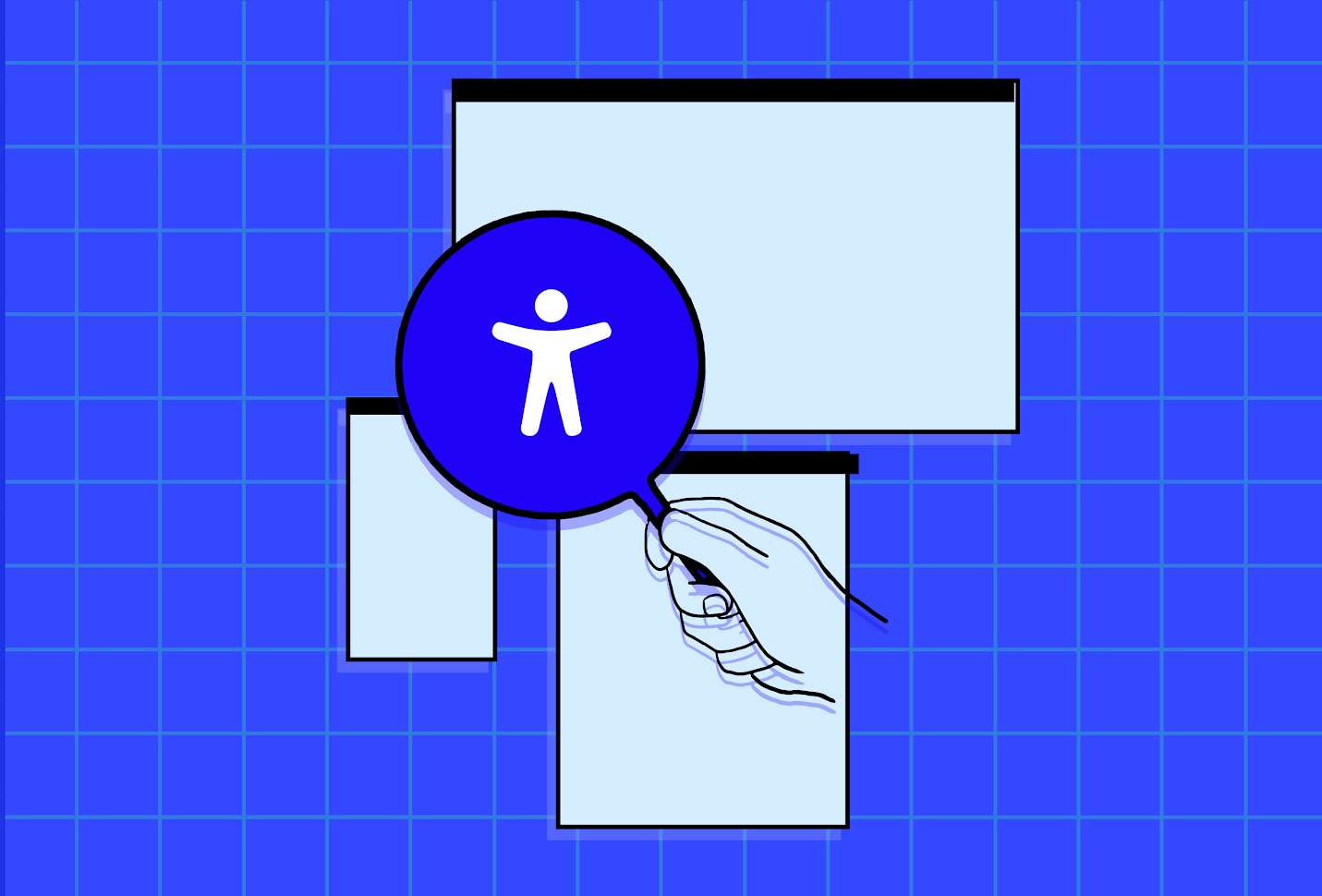
The European Accessibility Act Is Here. Are You Ready?
From 28 June 2025, the European Accessibility Act (EAA) came into force – requiring new digital products and services across the EU to meet established accessibility standards. Even if your organisation isn’t based in the EU, the law applies if you serve users who are.
The EAA covers a wide range of sectors – from public services and healthcare to e-commerce, banking and digital platforms.
But it’s more than a legal deadline. It’s a reminder that digital inclusion should be the rule, not the exception.
Why Accessibility Matters
Over 135 million people in Europe live with a disability – that’s one in five. Add those with temporary or situational impairments – a broken arm, poor lighting, age-related changes – and the number affected by poor accessibility grows substantially.
Inaccessible design doesn’t just frustrate users – it can block access to essential services, affecting independence, wellbeing and financial security.
Designing for accessibility means recognising this diversity from the start. It’s not a box-ticking exercise. It’s about creating better, more usable services for everyone.
What the EAA Requires
From June 2025, digital products and services must strive for accessibility. This means considering guidelines and standards like WCAG 2.2, EN 301 549 and more. Affected areas include:
- Websites and mobile apps
- Ticketing and transport services
- Banking, retail and e-commerce platforms
- Telecoms and digital communications
- Smart devices and self-service terminals
Products launched before June 2025 have until 2030 to comply.
To Prepare, Organisations Should:
- Audit their digital estate
- Align content with relevant accessibility standards
- Publish accessibility statements
- Train teams in inclusive design practices
- Set up ongoing monitoring and testing
- Offer alternative access where full digital accessibility isn’t possible
Good for Users, Good for Business
Accessible design benefits everyone – not just those with the most visible needs. Clean, structured and understandable interfaces tend to be faster, easier to navigate and more search-friendly. Accessibility also builds brand trust and reduces support costs.
Inclusive design isn’t a compromise, it’s a competitive edge.
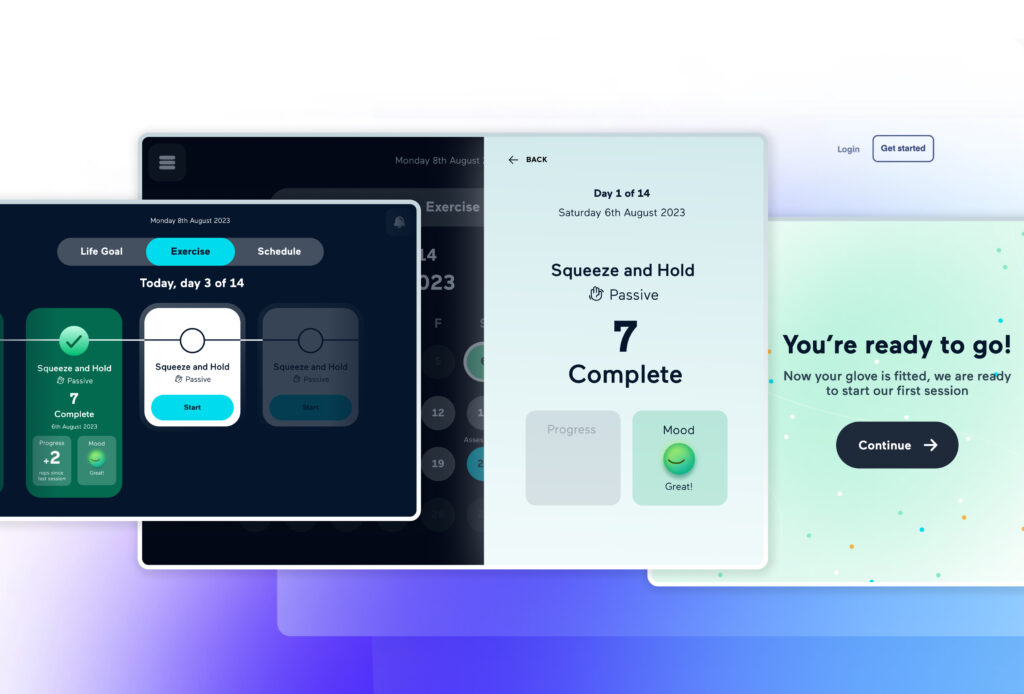
In our work with Bioliberty, revolutionising stroke rehabilitation, we ran co-design sessions with users who rely on assistive tech. Their insights reshaped our approach to aligning with clinician and patient needs, making the service simpler for everyone. Not just those with accessibility needs.
Accessibility from the Start
Many organisations treat accessibility as an add-on. But retrofitting design is often more expensive – and less effective – than building in inclusivity from the start.
Embedding accessibility into planning, research, prototyping and development ensures a smoother process and better outcomes.
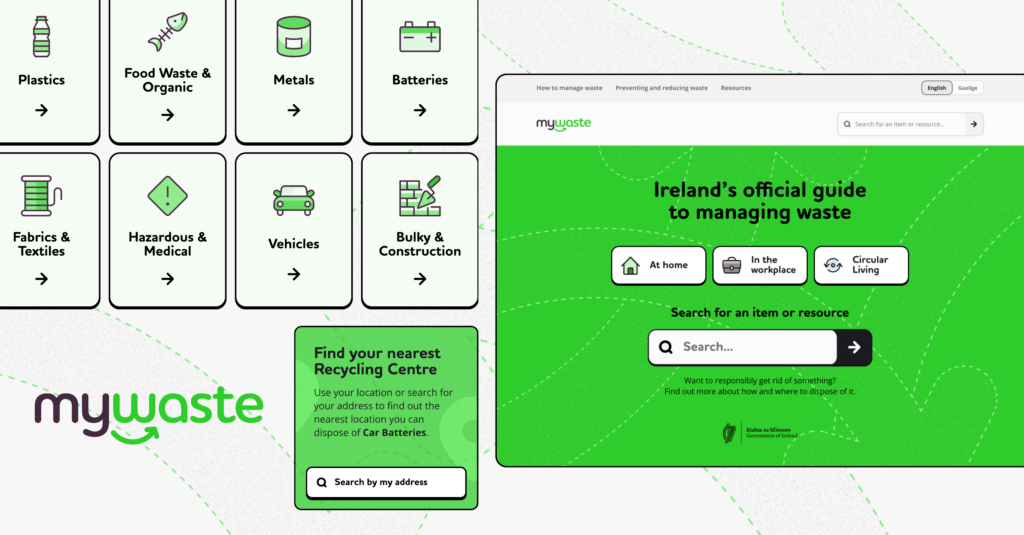
As we started working with MyWaste, Ireland’s Regional Waste Management Offices, we audited the accessibility potential of the brand. Relatively-simple changes and additions were explored and agreed upon early. This enabled the high-contrast colours, scalable typography and keyboard-friendly navigation then implemented to create an inclusive digital experience.
The Bigger Picture
The EAA isn’t just about compliance. It’s a cultural moment – one that asks organisations to think harder about who they’re designing for and why.
When you design with everyone in mind, you don’t just meet legal requirements – you build better services, expand your reach and show leadership in a more inclusive digital future.
